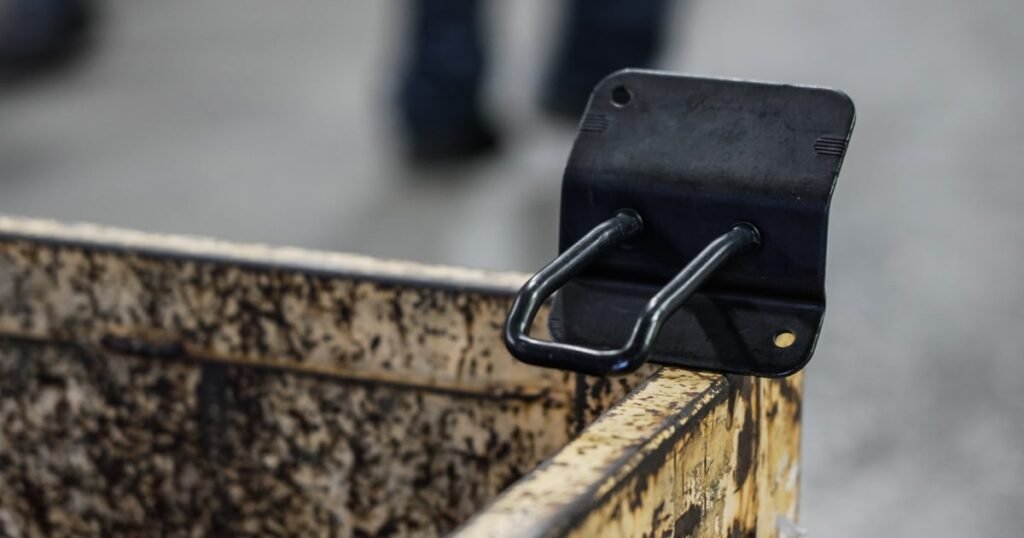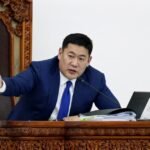This one auto part crosses the border four times on its way to your car
The Trump administration wants to bring more auto manufacturing back to the United States with stiff tariffs. That could mean untangling supply chains that crisscross the border repeatedly, leaving some industry players unsure how their bottom lines will be affected.
Take Brendan Lane’s striker plates, which move between the United States and Canada four times before they’re installed. The common component — one of the roughly 30,000 individual parts that go into a single vehicle — is a small metal loop attached to a slab of steel allowing car doors to latch securely in place.
“The system is set up where we’re across the border all the time,” said Lane, the general manager of Lanex Manufacturing in Windsor, Ontario, across the river from Detroit. His parts are sold to suppliers of major American automakers, including Ford, General Motors and Stellantis, and Lane said he has been making cross-border trips for his family-run company since he was 16.
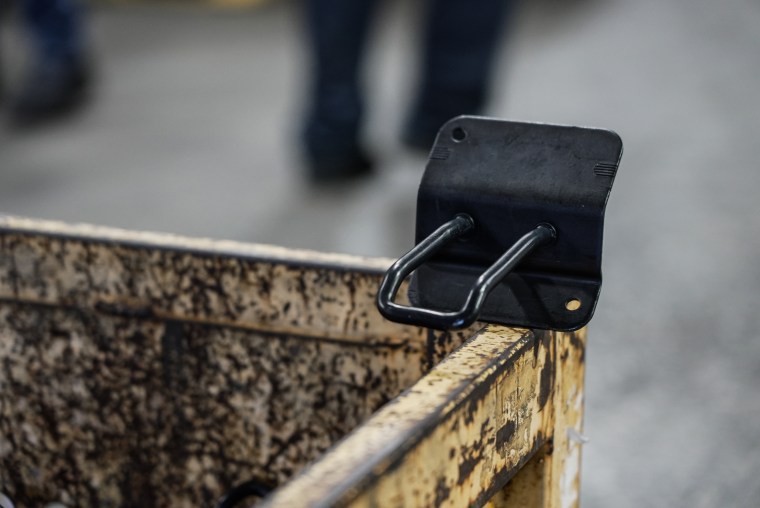
Recent months have been a roller coaster ride for Lanex as President Donald Trump introduced tariffs on auto parts, steel and aluminum and Canadian imports.
On Tuesday, Trump adjusted his vehicle tariffs to offer some relief from import taxes that in many cases had threatened to stack up on top of one another. Under the revised policy, automakers paying tariffs on imported cars can get reimbursed for some other levies, including on foreign-made metals, though country-specific tariffs could still apply.
The system is set up where we’re across the border all the time.
Brendan Lane, general manager, Lanex Manufacturing, Windsor, Ontario
Lane welcomed the changes but said tariffs are “not good” for his business. He said he remains worried about how the still-fluid U.S. trade policies will affect costs and jobs across the industry.
“There’s thousands of people involved that it’s their everyday life,” he said.
American automakers have largely outsourced their parts manufacturing, mainly building only high-value components like engines, transmissions and bodies within the United States. Most other components — especially minor parts such as hoses, springs and striker plates — come from external suppliers, many of them abroad.
Reshoring more of that extensive global supply chain is “not as easy as just flipping a switch,” Lane said.
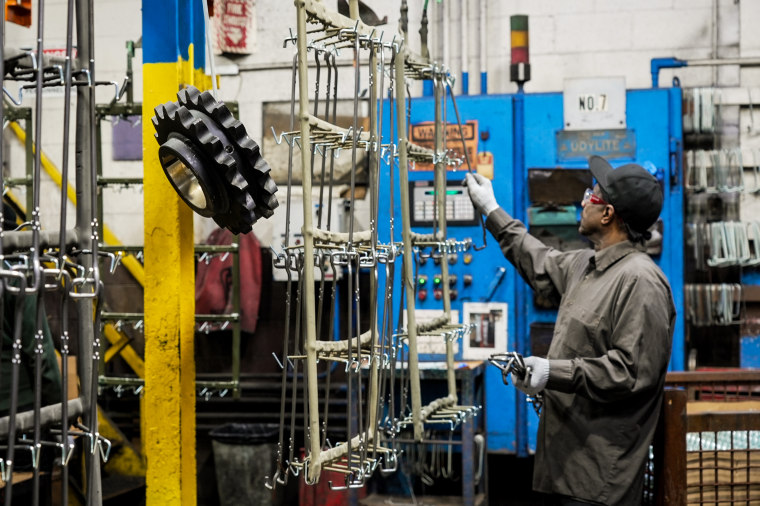
His striker plates are spared the 25% U.S. duties on auto imports, which remain on track to take effect Sunday, because they comply with the United States-Mexico-Canada Agreement that Trump negotiated during his first term. But Lane said he still isn’t sure what the long-term impacts on his business might be.
“It’s tough to plan for,” he said. “We don’t know how we’re going to navigate it yet.”
Even General Motors said Tuesday that it was “reassessing” its business outlook to account for tariff impacts that are still likely to be “significant.” It promised to share more with investors “when we have greater clarity.”
Ford CEO Jim Farley told CNN on Wednesday that the latest tariff plan “clarifies things, but boy, do we have a lot of work to do with the administration.”
“Affordability of parts is a really important thing for America because we’ve got to keep the vehicles affordable,” Farley said. Ford saw double-digit sales growth in March and April as people rushed out to buy cars, he added, and the company is extending its employee pricing offer through July 4.
The White House has indicated that the confusion is tactical.
“President Trump creates what I would call strategic uncertainty in the negotiations,” Treasury Secretary Scott Bessent told reporters Tuesday. “The aperture of uncertainty will be narrowing,” he said, “and as we start moving forward announcing deals, then there will be certainty.”
Lane’s striker plates start with imported steel from Wixom, Michigan. Relying on American-made metal has already entailed a 25% cost hike due to Canada’s retaliatory tariffs on U.S. steel, a response to equivalent levies on foreign steel that Trump imposed in February.
The Michigan steel travels across the border to the Lanex’s Windsor plant, which shapes it into striker plates. The components are then handed off to another Canadian company, in nearby Brampton, for heat treating.
Afterward, Lane drives the parts back over the border to Warren, Michigan, for plating, a process that applies a rust-protective coating. Finally, he brings them once more to Windsor, for inspection and packaging in his warehouse. Only then are the striker plates shipped to a vehicle assembly plant in the United States, where they’re mounted onto door frames.
You may be interested

Maui wildfire survivors struggling with mental and physical health, study finds
new admin - Jun 19, 2025Maui wildfire survivors struggling with mental and physical health, study finds - CBS News Watch CBS News Nearly two years…
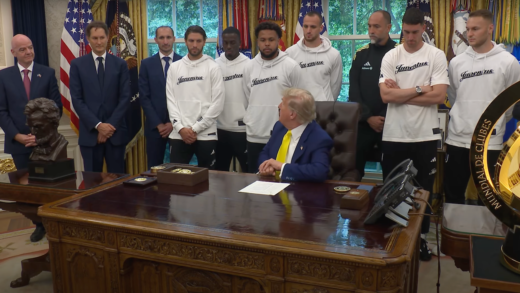
Juventus players stay silent when Trump questions them on women in sports
new admin - Jun 19, 2025[ad_1] NEWYou can now listen to Fox News articles! President Donald Trump host the popular Italian soccer club Juventus FC…

U.S. Steel ceases trading on the NYSE as Japan’s Nippon finalizes takeover
new admin - Jun 19, 2025[ad_1] U.S. Steel shares stopped trading on the New York Stock Exchange on Wednesday after Japan’s Nippon Steel completed its…







